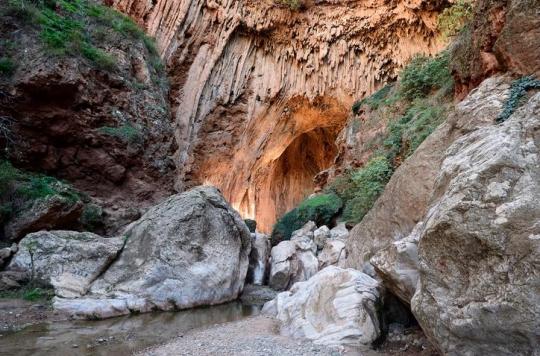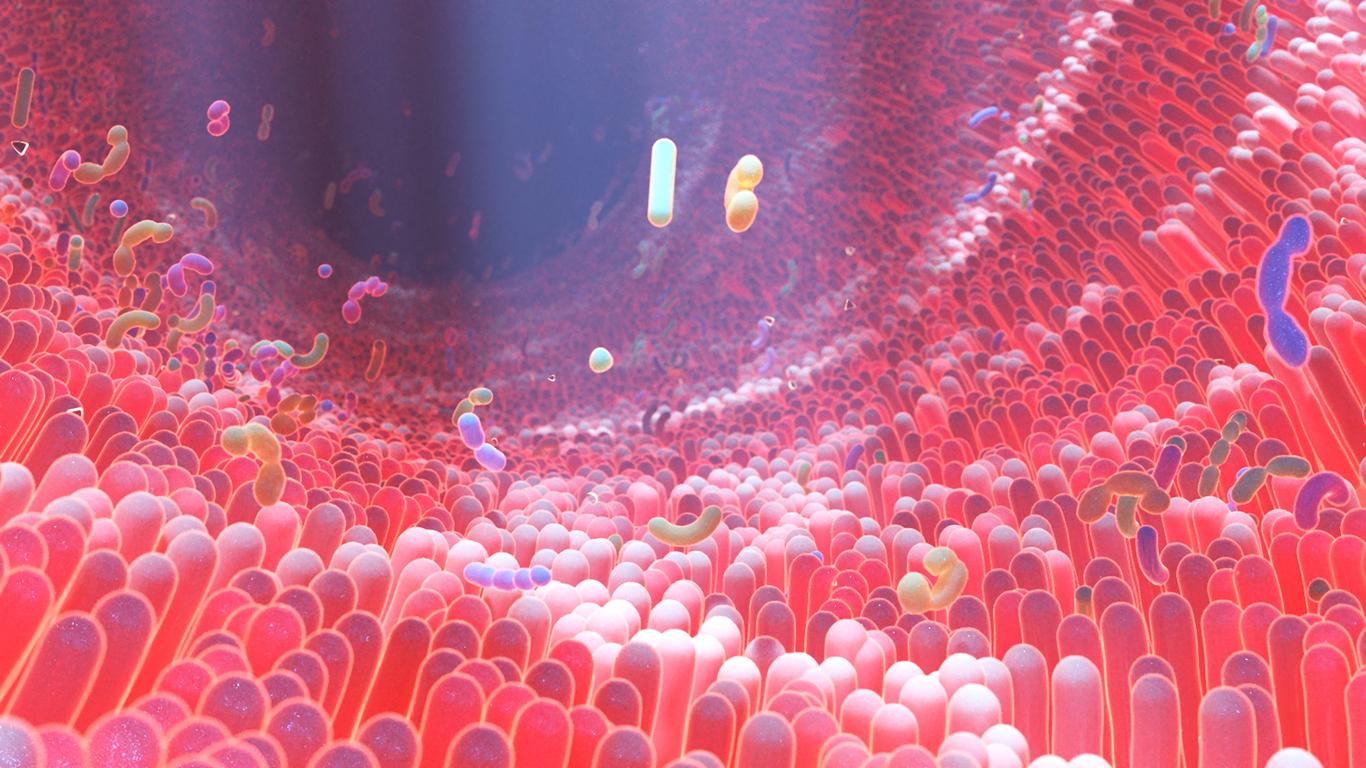Finally freed from the cave in which they remained trapped for 17 days, the twelve boys and their trainer must now remain under surveillance, in isolation, at the hospital in Chiang Rai, Thailand.

It was a perilous mission, even qualified as “impossible” by the head of the crisis unit. She was ultimately successful. Tuesday, July 20, the 12 boys aged 11 to 16 trapped in a cave in Tham Luang Nang Non, Thailand, were finally all rescued, as well as their football coach. It had been almost two weeks since the rescuers took turns heroically – one of them even paid for it with his life – to get them out unharmed. The last to be rescued will have spent 17 days there.
Coming out of the extraction operation emaciated, weakened but generally in good health, the children and their trainers must however prepare for a new period of isolation.
In isolation for a week
Transferred to Chiang Rai hospital, the teens are expected to stay in solitary confinement for at least a week, behind glass, said public health officials during a press conference given during the rescue of the first four children. They all had low body temperatures and two were treated for a “minor” lung infection, stabilized with antibiotics.
Survivors will also need to gradually reintroduce solid foods into their diet and wear sunglasses to protect their vision after spending long days in complete darkness.
Rescued Sunday, July 8 by divers, the first four boys were allowed to see their families through a window as doctors continue to conduct comprehensive health examinations and monitor the boys for any contagious disease. Psychologists deemed them to be in good mental condition, but still do not allow them to watch TV. A telephone line has also been installed in their room so that they can communicate with their parents.
“Cave disease” and “rat disease”
What doctors fear now is that the teenagers were exposed to infections within the cave, including histoplasmosis. Known as “cave disease”, it is a fungal infection caused by inhaling spores of a fungus found in the droppings of birds and bats. They may also have been exposed to leptospirosis, a bacterial disease transmitted by animals through their urine, especially rats.
The teens and their trainer were also vaccinated against tetanus and rabies. The risk of having been bitten in their sleep by bats, vectors of the disease, is however very low.
But it is not excluded that a cut or scrape while the children are making their way through the cave waters could cause an infection. “What worries us the most are infections,” told Reuters a doctor involved in the rescue operation. “There are all kinds of diseases in the cave, bats, contaminated water, everything is very dirty.”
In addition, the children may have been exposed to more common illnesses, such as dysentery or gastroenteritis, by drinking the water from the cave. Finally, medics have said they are monitoring the boys’ mental health, due to the stress they faced being trapped underground and unsure whether or not they would be rescued.
.















